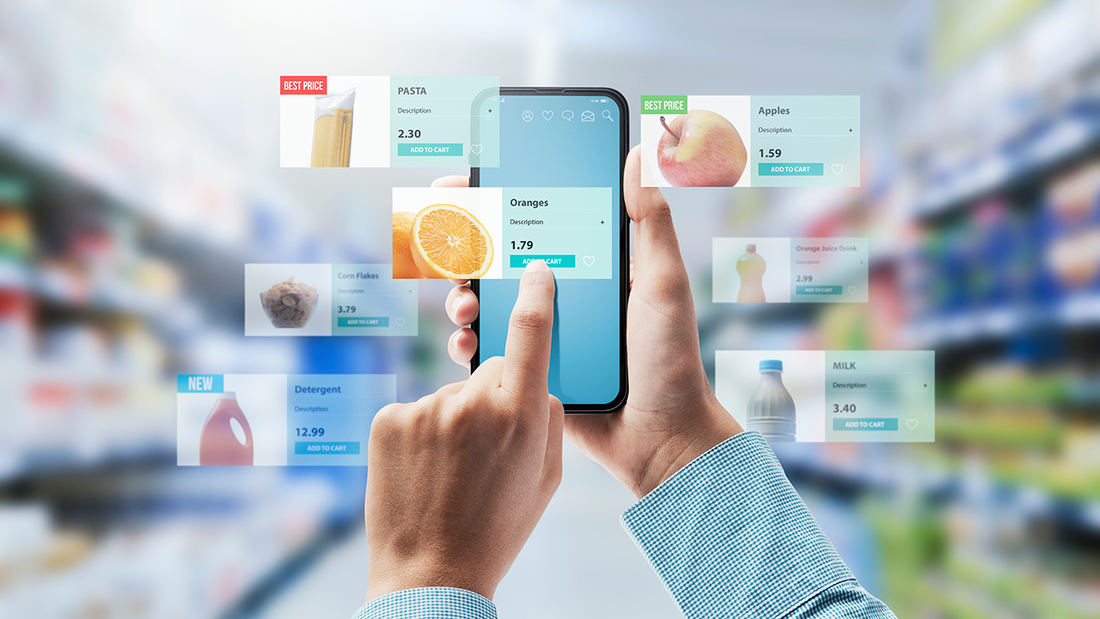In today's saturated Consumer Packaged Goods (CPG) market, traditional advertising campaigns and marketing techniques often fall short of cutting through the noise. Consumers are constantly looking for immersive experiences that engage, educate, and entertain them. This quest for innovation has paved the way for Augmented Reality (AR) to make its mark. As a transformative tool, AR is revolutionizing the way brand managers in the CPG industry reach, interact with, and engage consumers. Here's why AR is the next big game-changer for the industry.
1. Interactive Packaging:
No longer is packaging just about aesthetics and information. With AR, a simple scan can turn a cereal box into an interactive game or a shampoo bottle into a portal providing hair care tips. This not only adds value but also extends the user's interaction time with the product.
2. Enhanced Product Trials:
Want to know how that new shade of lipstick would look on you or how a particular beverage might pour and fizz? AR allows consumers to virtually 'try' products before purchasing them, bridging the gap between physical retail and online shopping experiences.
3. Storytelling and Branding:
Through AR, brand managers can weave intricate stories about their brand's history, values, and mission. A simple scan can take consumers on a journey – from the origins of coffee beans on a package to the brand's commitment to sustainable farming.
4. Data-Driven Insights:
AR applications can provide invaluable insights into consumer behaviors. Brand managers can understand which features users interact with most, their dwell time, and even what convinces them to make a purchase, allowing for more targeted and effective future campaigns.
5. Amplifying Engagement at Point of Sale:
In-store promotions equipped with AR can turn passive browsers into active participants. Imagine walking down an aisle and being invited to join an AR treasure hunt or a virtual recipe demo. Such experiences can swing purchasing decisions, making products stand out on crowded shelves.
6. Post-Purchase Engagement:
The role of AR doesn’t end after a purchase. By integrating AR experiences that unlock post-purchase – be it access to exclusive content, loyalty rewards, or user tutorials – brands can foster a deeper, ongoing relationship with consumers.
Real-World Success:
- L'Oréal’s Virtual Try-Ons: Leveraging AR, the cosmetics giant introduced a feature that lets users virtually try on makeup, revolutionizing the beauty product selection process.
- Coca-Cola's AR-enabled cans: By scanning special edition cans, users could unlock exclusive interactive content, elevating a simple drink into an experience.
Challenges & Considerations:
While AR presents numerous opportunities, brand managers should also be wary of its pitfalls. It's crucial to ensure that AR experiences are more than just gimmicks – they should offer genuine value and enhance the brand's message. Furthermore, issues of privacy, especially concerning data collection, should always be at the forefront of AR campaign development.
Augmented Reality is redefining the boundaries of branding and consumer engagement in the CPG industry. As the lines between the digital and physical worlds continue to blur, AR offers brand managers an unparalleled tool to captivate audiences, drive brand loyalty, and chart new frontiers in experiential marketing. For those looking to stay ahead of the curve, embracing AR is not just an option; it's a necessity.
Learn about how we handle the creation and deployment of AR experiences here.

